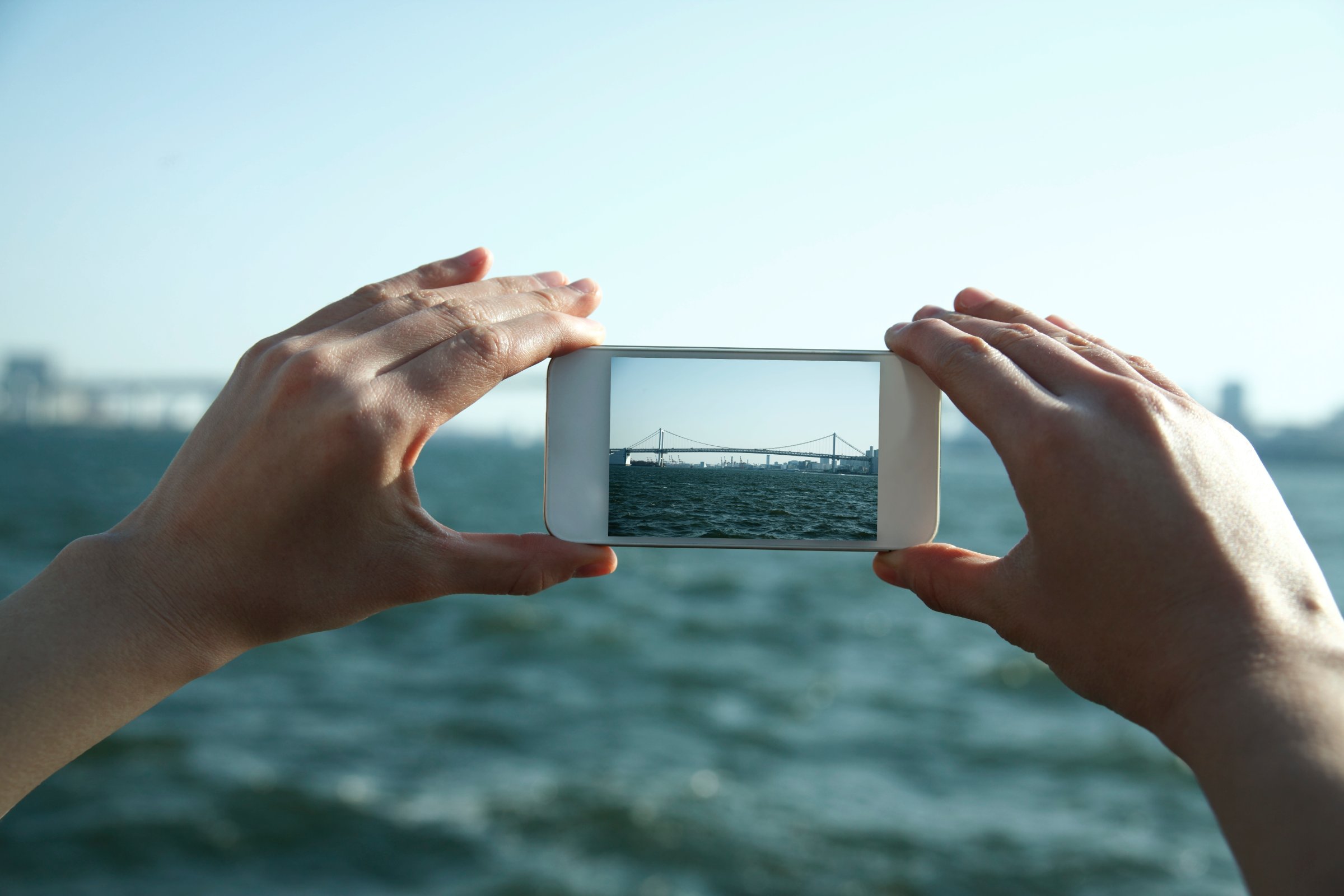
Smartphone companies like Apple and Samsung have long trumpeted their devices’ megapixel count, which measures the size of a camera’s image when printed, as shorthand for the quality of the photos they produce. Rival firms have taken pleasure in one-upping each other’s devices, hopping from 8 megapixels to 12 to 16 and beyond. Slapping a big, flashy number on the side of a box is easy marketing.
But experts say that smartphone makers which simply keep adding more megapixels could find themselves suffering from diminishing returns.
“To some extent, you get to a point where more megapixels doesn’t produce better quality pictures,” says Ryan Reith, an analyst at research firm IDC. Instead, some observers argue that boosting photo quality will mean changing factors like the size of a phone’s camera sensor (the bigger the better) or the amount of light its lens lets in (the more the merrier).
The latest generation of smartphones shows that electronics firms are beginning to agree, heralding an end to the megapixel wars. Samsung’s new Galaxy S7 has a 12-megapixel camera, a drop-off from its predecessor’s 16. LG didn’t bother to pack more megapixels in its new G5. Likewise, Sony’s new Xperia X phones have the same number of megapixels found in some of its older smartphones.
Read more: Must-read tips for taking better smartphone photos
What these phones are lacking in megapixels they make up for in other flashy photographic features. Samsung claims its latest Galaxy handsets deliver faster focusing through a method employed by high-end cameras. LG gave its new G5 a second lens that broadens its field of view, opening new artistic possibilities. Sony says its new phone can predict where a subject will move, reducing motion blur.
These and other innovations will result in smartphones that can take better photos in situations where such devices have traditionally fallen short, like dimly lit rooms or when capturing action scenes. Those improvements, more than upping the number of megapixels in a given device, will result in better smartphone photos for all of us.
It’s possible there’s a limit to how far smartphone makers can go in the photography department. One hurdle: Physical space. The big professional cameras lugged around by concert photographers and photojournalists offer plenty of room for giant sensors and zooming capabilities. But smartphone buyers want slim designs, forcing a compromise.
These Are the First Photos Shot With the New iPhone 6s
















There could be creative solutions around this issue. Brian Blau, a research director for Gartner, says smartphone makers could boost image quality by adding multiple lenses to their devices. The phones’ software could then stitch together each lens’ image, resulting in a better overall result. “For a consumer, that means they’re going to be able to have better pictures more often,” says Blau. One photography startup, Light, is already experimenting with this idea, offering an experimental camera that’s actually 16 individual cameras in one.
Not everyone is convinced the megapixel wars are completely over. Even if megapixels are de-emphasized, says Glau, we’ll still see occasional skirmishes. “One of the things that camera makers in general are focusing on is image quality,” says Blau. “And if more megapixels serves that purpose, I think you’ll see some.”
More Must-Reads from TIME
- Cybersecurity Experts Are Sounding the Alarm on DOGE
- Meet the 2025 Women of the Year
- The Harsh Truth About Disability Inclusion
- Why Do More Young Adults Have Cancer?
- Colman Domingo Leads With Radical Love
- How to Get Better at Doing Things Alone
- Michelle Zauner Stares Down the Darkness
Contact us at letters@time.com